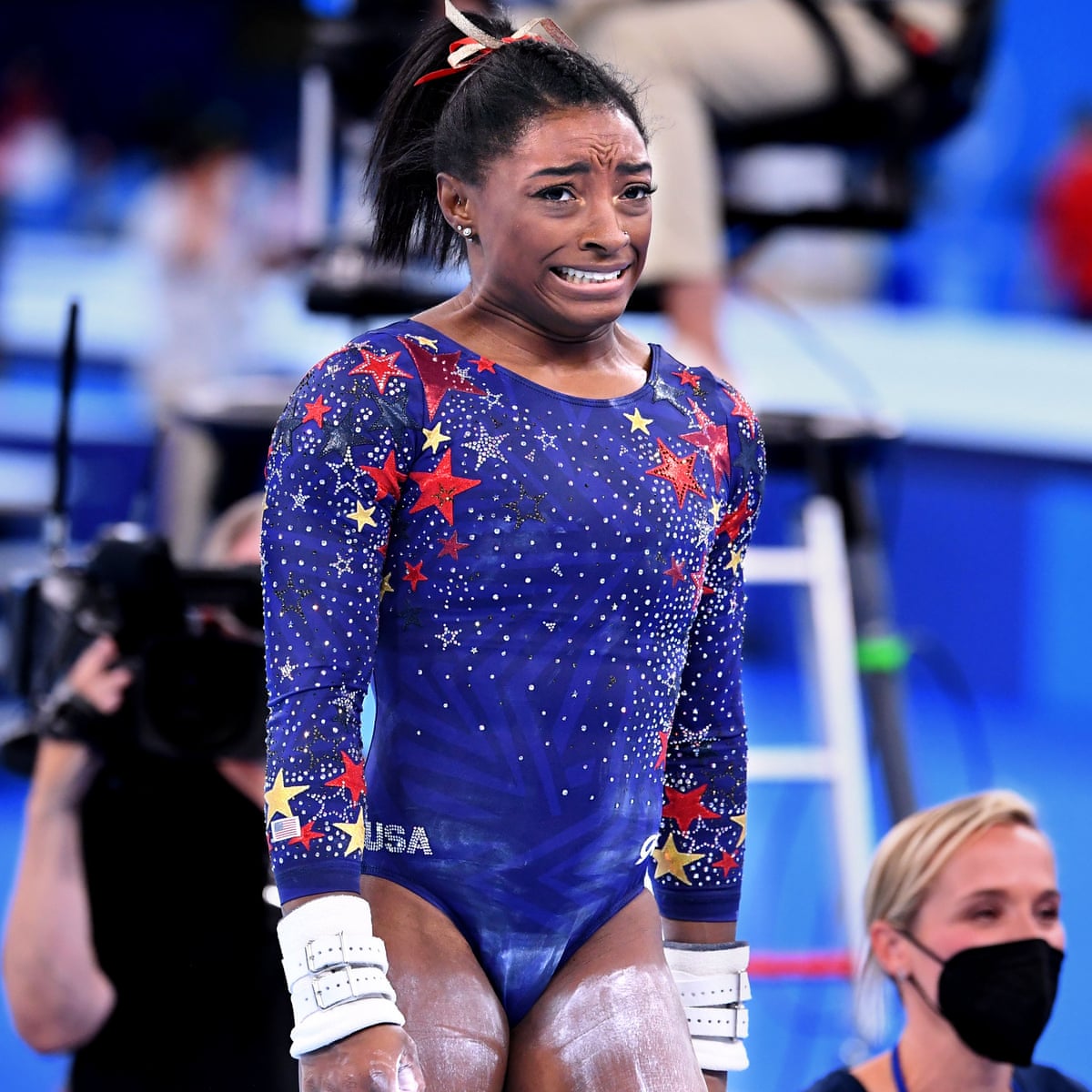RIO DE JANEIRO — The immediate future of Simone Biles almost certainly features commercials, speaking engagements and other financial windfalls that come from being an Olympic gymnastics champion.
It will also include more gymnastics, at least that’s the plan.
Even after capping three consecutive all-around world championships with an Olympic all-around title (and the possibility of a record five golds in one Games), Biles is expected to continue to compete. You don’t win by a record margin and then just quit.
All the way to the 2020 Olympics in Tokyo, though?
That isn’t so certain. Biles is still focused on these Olympics, namely three upcoming individual competitions in the balance beam, vault and floor exercise that will take place Sunday, Monday and Tuesday. She is favored in each discipline. She isn’t discussing anything beyond that.

That doesn’t mean people, especially fans that only watch gymnastics every four years, aren’t wondering if arguably the greatest gymnast of all time won’t be back to thrill in the Olympics again.
Her family said no discussions have been held for the next Games. Tokyo is so far away that no one really knows for sure or could even know. But around USA Gymnastics, there is a hope that despite already being 19, on the older side for women’s gymnastics, Biles might be able to return.
“She’s young, she has to stay in the sport,” said Bela Karolyi, who has been around the sport for over four decades. “I would definitely see her for quite a few more years.”

Age is never friendly for a gymnast. The average age of the last eight all-around Olympic champions – dating back to 16-year-old Mary Lou Retton – is 17.1 years old. None have been older than 20. In 2020, Biles would be 23.
It’s not so much that skill erodes, although motivation can wane after years of training. It’s that even the smallest physical changes can disrupt the sport – a little taller, a couple of naturally added pounds.
[Related: ‘Simone’ could win gold on baby name popularity lists]
The 2016 Olympics features numerous stars returning from the London Games such as Americans Gabby Douglas, 20, and Aly Raisman, 22, plus Russia’s Aliya Mustafina, 21. Raisman and Mustafina won silver and bronze, respectively, to join Biles on the all-around podium Thursday.
That doesn’t mean it is common. Or easy. The other three women who reached the final rotation of the all-around were a more typical 16, 17 and 17.
The sport also constantly evolves. What a champion does in one Olympics often seems impossible and groundbreaking – like most of Biles’ moves. They can quickly become commonplace though with young, copycat, up-and-coming challengers.
“Many times I was wondering how far does this go?” Karolyi said recalling the time in 1976 when he coached Romania’s Nadia Comaneci to the first perfect 10 in Olympic history. “After Nadia’s performance in Montreal, I said, ‘Well, maybe this is it.’
“Well, you know what? [Expletive],” he said with a laugh. “Five years later little kids were playing with the same skills. Then Mary Lou came with the muscle and tumbling [in 1984]. I said, ‘This is it. Higher than that no one can go. Nothing else can be showcased on the floor.’ [Expletive]. Five year later everyone [could do it]. And now look at Simone. The ultimate, ultimate.”
Until the next ultimate. Unless it is Biles who is still the ultimate.
Biles, however, does benefit from a number of things, none more notable than the trend in gymnastics for judges to reward powerhouse tumbling and physical performance than gymnasts who are lithe and little. Biles, at 4-foot-9, won handily in part because she was able to near flawlessly execute higher degree of difficulty leaps and jumps.
That wasn’t always the case.
Biles is also relatively new to the elite level of the sport. She is not a robot who was raised at a young age to become an Olympian. Biles says she didn’t really go for it until she watched Douglas, Raisman and the others at the 2012 Games.
“I think every little kid has an Olympic dream,” Biles said. “I don’t think I was very serious about my Olympic dream until a couple of years ago. Then I got serious.”
The benefit is both a lot of physical wear and tear and possibly an avoidance of emotional exhaustion. Biles has never suffered a major injury. She also may not have hit her peak, as impossible as that is to imagine. She does keep getting better and better.
“She is injury-free,” Karolyi said. “She is a very fresh gymnast. She is not dragging anything with an injured leg or injured shoulder like a lot of them.”
After the Rio Games, Biles will relax, with at least a few weeks away from the gym and perhaps months of stepping back and enjoying the fruits of victory. She’ll almost certainly be back to competitive gymnastics, likely the 2017 world championships.
As for Tokyo 2020, anyone want to bet against her?






